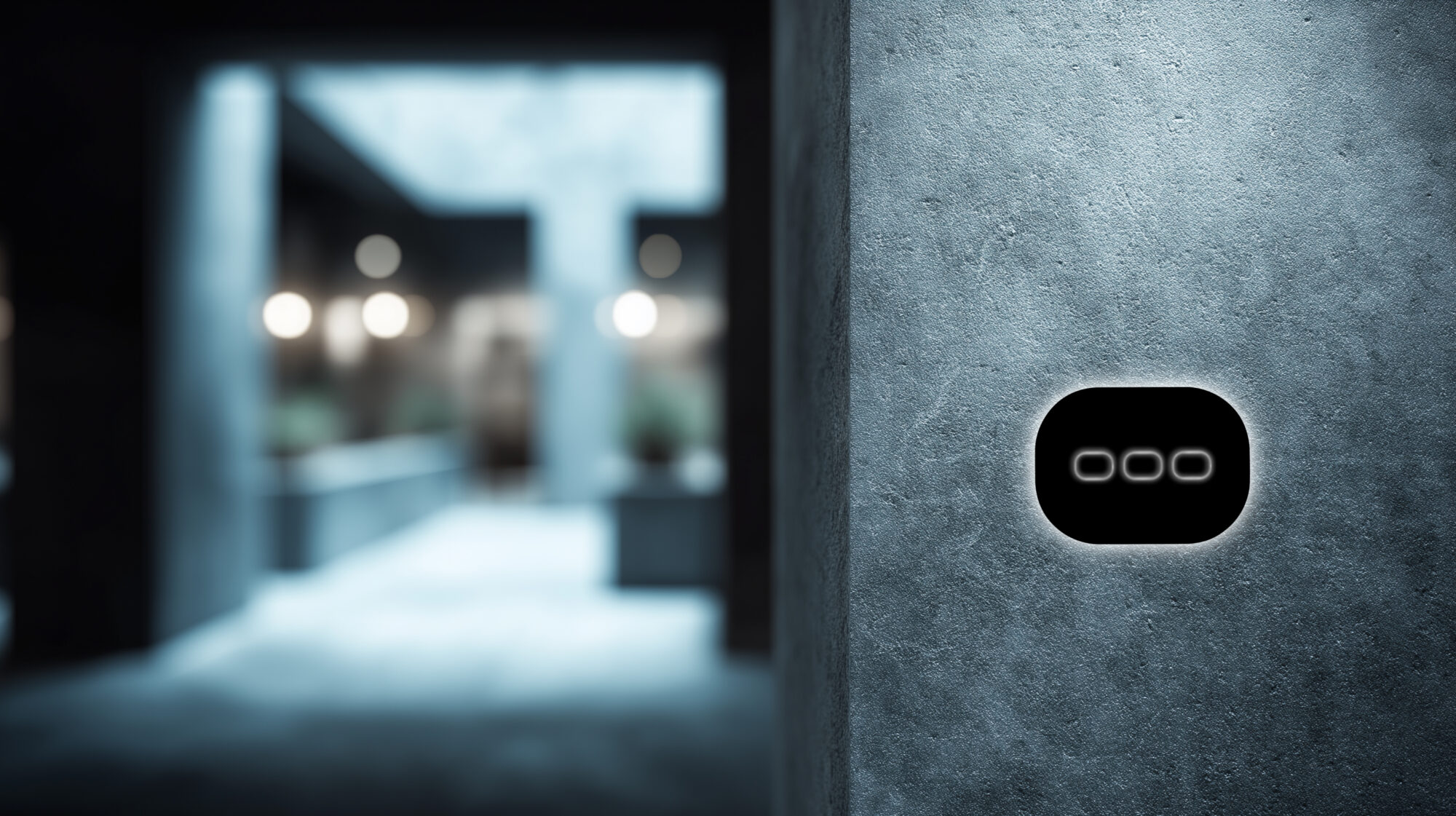
Designing a space today no longer means working solely with materials, surfaces, and proportions. Increasingly, it means designing with the invisible — with systems, protocols, and interactions that redefine how we inhabit space. Smart technology, when understood not as an add-on but as a design layer in itself, becomes a generative force. It’s not about placing switches and sockets anymore, but about choreographing how architecture listens, reacts, and adapts.
In this perspective, WiOO is not just a smart switch — it is an architectural interface. It sits at the intersection of control and composition, enabling the transformation of a conventional electrical layout into an intelligent environment without disrupting aesthetics or construction logic. It’s a system conceived to disappear physically while being fully present functionally, operating within Apple Home as a native element of automation and ambient control.
When integrated from the beginning, WiOO allows designers to link environmental scenes directly to spatial intention. A space can respond to daylight shifts, adapt to a user’s presence, or activate routines that reflect real-life rhythms — all without forcing the inhabitant to “learn the technology.” Control remains tactile and intuitive, but the intelligence lies in the design decisions upstream.
For architects and interior designers, this means moving from configuration to orchestration. It’s not about “adding smart features” — it’s about enabling architecture to act. Automation, if framed correctly, becomes narrative structure: a way to connect comfort, elegance, function, and emotional resonance. To ignore it — or treat it as a late-stage tech layer — is to forgo a vital design dimension.
